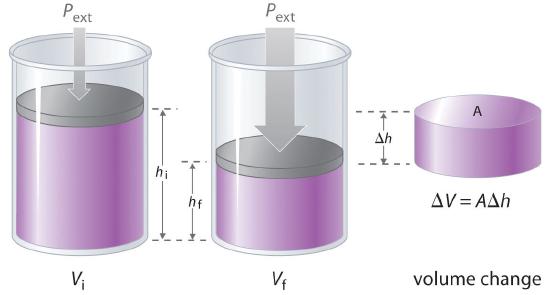When Eli last left the bunnies, he was pointing out how gravity explains much of the greenhouse effect, well, except for the part that you need some things in the atmosphere that absorb IR radiation from the surface.
The first is the lapse rate, the decline of temperature with altitude in the troposphere. There are plenty of detailed derivations of the dry lapse rate on the net and a bunny can even throw in some water vapor, but the basic principle is that the atmosphere is for all thermodynamic purposes an ideal gas, and the temperature decreases with pressure, and pressure decreases with altitude because of gravity.
The second is the decrease in density with altitude, again because pressure decreases with altitude because of gravity. The higher you go the less stuff
Both of these effects explain why radiative energy transfer from the ground to space slows, the higher greenhouse gas concentrations are.In a shortly following post the Rabett quoted pretty much the same from J.S. Sawyer, written in 1972
The chief effect of increasing carbon dioxide is that the gas which is radiating heat to space is found at a higher level in the atmosphere than before - the radiation from lower down in the atmosphere is absorbed by the extra carbon dioxide above and then reradiated to space. In the troposphere, at least, temperature decreases with height so the effective radiating temperature of the carbon dioxide becomes lower if the amount of the gas is increased and therefore less heat is radiated to space. Thus the additional carbon dioxide tends to act as a blanket which keeps the Earth warmer - the Earth has to get rid of the incoming radiation from the Sun, and the same amount can only be removed if the temperature of the atmosphere rises a little.But, to be honest there was some handwaving there, namely the mechanism for heating the surface when the radiating layer moved up. Ferren in a comment provided the link. As shown in the figure, when the radiating level moves up because the CO2 mixing ratio increases, since the lapse rate (the slope) stays constant, the surface temperature increases and, of course, the reason the lapse rate stays constant is that it is fixed by gravity.
Anybunny who wants to deny that the greenhouse effect exists or that increasing greenhouse gas concentrations will not warm the surface is denying the law of gravity, which is pretty basic. Given that humidity increases with temperature, they are also going to have to deny a fair bit of thermodynamics to claim that the concentration of water vapor in the atmosphere will not occur.




